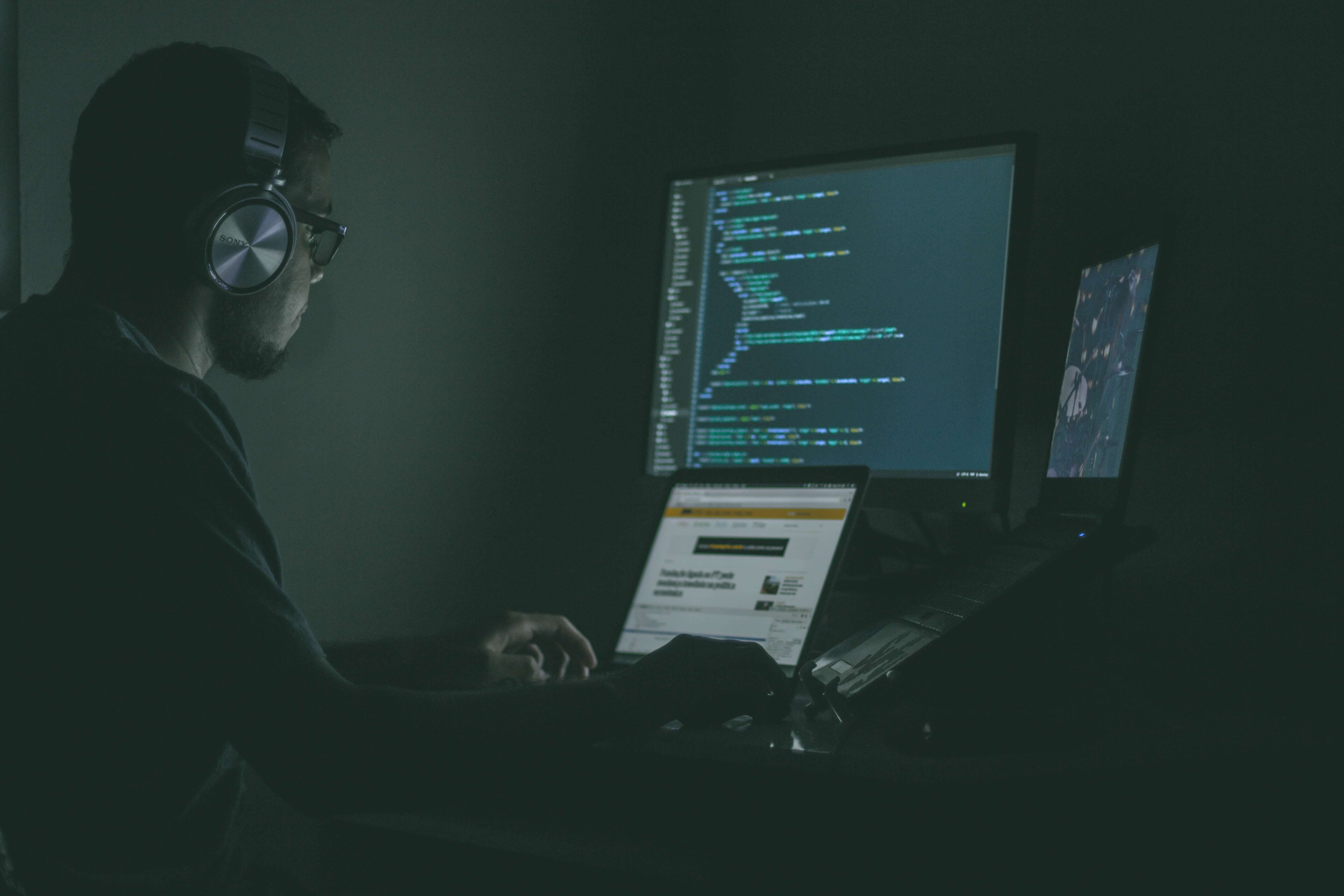AI and Cybersecurity: Are We Trading Security for Innovation?
Artificial intelligence is revolutionizing industries, but with its rise comes a critical concern—security. AI-driven systems promise faster decision-making, enhanced automation, and unprecedented efficiency, but they also introduce new vulnerabilities that cybersecurity professionals must address. As someone deeply embedded in the tech industry, I see both the promise and the risks of AI in security landscapes. So, the big question is: Are we prepared for the security challenges AI is creating?

How AI is Reshaping Cybersecurity
There’s no doubt that AI has the potential to transform cybersecurity. Companies are leveraging AI for threat detection, automation, and real-time response. Some of the most promising advancements include:
- AI-Powered Threat Detection – Traditional security systems rely on static rules and signatures. AI-based solutions, like Darktrace, use machine learning to detect anomalies and evolving attack patterns.
- Automated Incident Response – AI-driven security platforms can analyze threats in real-time and respond automatically, reducing the need for manual intervention.
- Phishing and Fraud Prevention – AI can analyze communication patterns to detect phishing attempts, preventing scams before they reach users.
- Behavioral Analytics – AI systems can learn typical user behavior and flag suspicious activity, adding an extra layer of security.
These advancements are exciting, but they come with challenges that must be addressed.
The Dark Side of AI in Cybersecurity
AI isn’t just being used to strengthen security—it’s also a powerful weapon for attackers. Cybercriminals are leveraging AI to automate and scale their attacks, making them more effective than ever.
- AI-Generated Phishing Attacks – Attackers can use AI to craft highly personalized phishing emails that are nearly indistinguishable from legitimate communications.
- Deepfake Technology – AI-generated deepfakes can be used to impersonate executives, manipulate video evidence, or create convincing voice recordings.
- Automated Hacking Tools – AI-powered malware can learn and adapt, evading traditional security measures.
- Data Poisoning Attacks – Attackers can manipulate the datasets AI models are trained on, leading to incorrect or biased decisions.
The reality is, as AI gets smarter, so do cybercriminals.
The AI Security Paradox
Here’s where things get tricky: organizations are rushing to adopt AI to stay competitive, but security concerns are often an afterthought. This creates a paradox—AI is supposed to make us more secure, yet it introduces new risks that we’re not fully prepared to handle.
Key Concerns:
- Lack of Transparency – AI models, especially deep learning systems, operate as black boxes, making it hard to understand why certain security decisions are made.
- Over-Reliance on Automation – AI can’t replace human intuition. Relying too much on AI-driven security solutions without human oversight can be dangerous.
- Ethical and Privacy Risks – AI security systems often rely on massive amounts of data. Who controls that data, and how is it protected?
Where Do We Go From Here?
AI is here to stay, and so are its cybersecurity challenges. To strike a balance between innovation and security, organizations need to:
- Adopt AI Security Guidelines – Companies should follow frameworks like NIST’s AI Risk Management Framework to ensure AI systems are built securely.
- Invest in AI-Specific Security Measures – This includes using adversarial testing, continuous monitoring, and AI explainability tools.
- Educate Security Teams on AI Threats – Cybersecurity professionals must stay ahead of AI-driven threats by understanding how attackers are leveraging AI.
- Combine AI with Human Expertise – AI should augment, not replace, human decision-making in security operations.
Final Thoughts
AI is a double-edged sword—it has the power to both protect and compromise our digital security. As we continue integrating AI into cybersecurity, we must prioritize security just as much as we prioritize innovation. Ignoring the risks today could lead to significant consequences tomorrow.
What are your thoughts on AI’s role in cybersecurity? Are we moving too fast without addressing the risks? Let’s discuss.